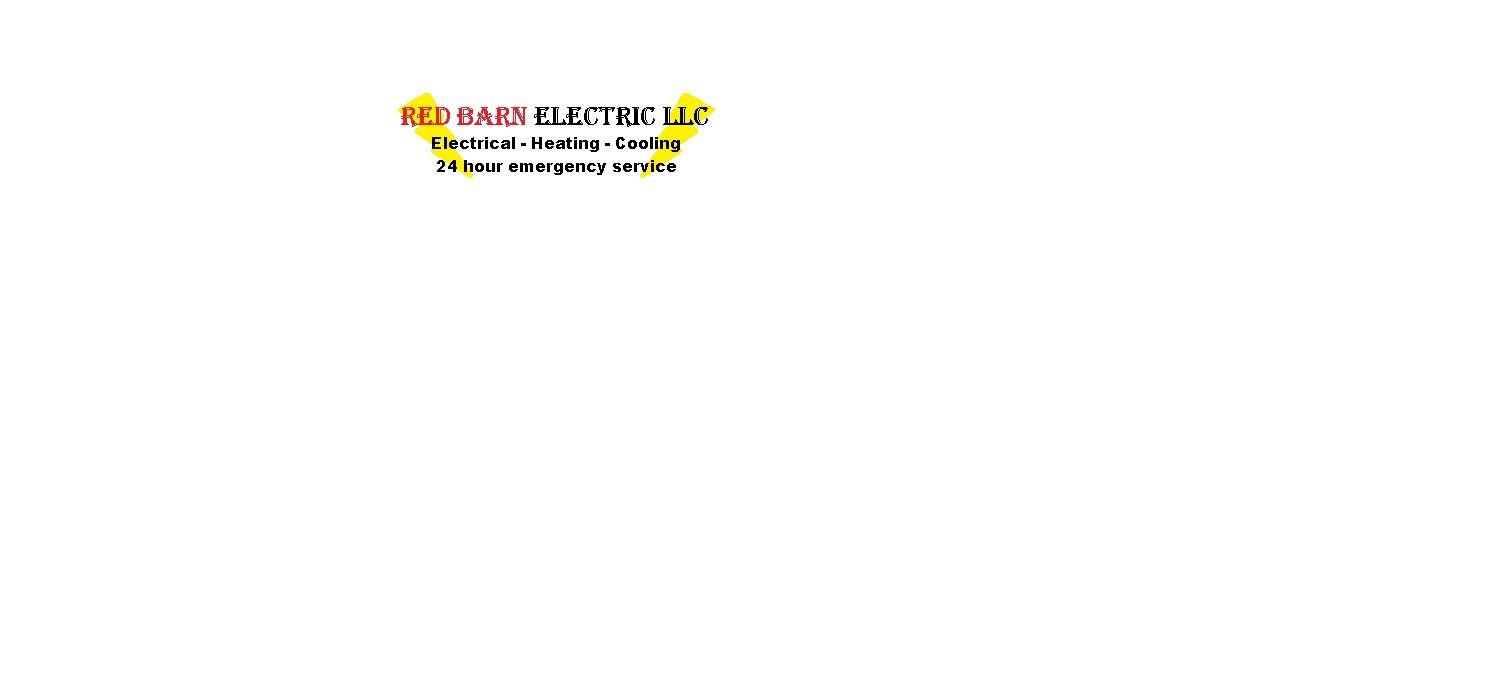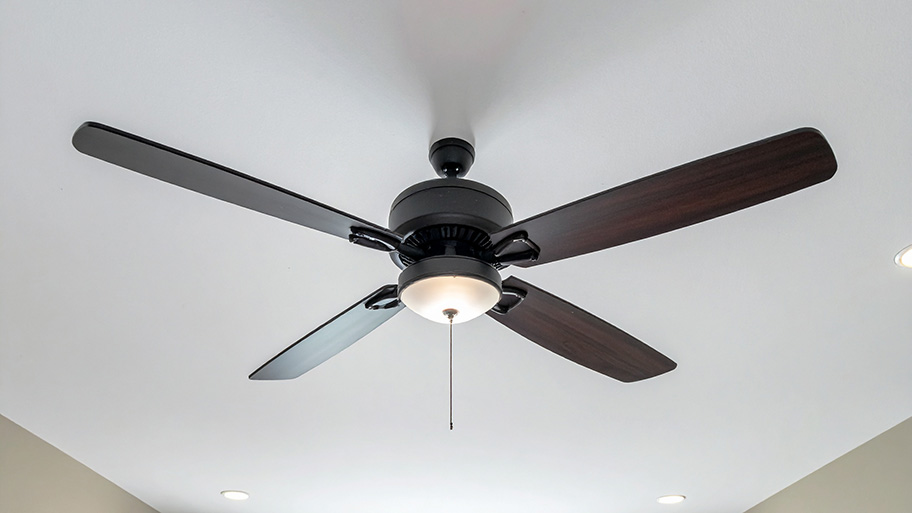
Get matched with top ceiling fan pros in Withee, WI
Enter your ZIP and get matched with up to 5 pros
Need a pro for your ceiling fan service project in Withee, WI?
Verified Reviews for Ceiling Fan Service pros in Withee, WI
*The Angi rating for Ceiling Fan Service companies in Withee, WI is a rating based on verified reviews from our community of homeowners who have used these pros to meet their Ceiling Fan Service needs.
*The HomeAdvisor rating for Ceiling Fan Service companies in Withee, WI is a rating based on verified reviews from our community of homeowners who have used these pros to meet their Ceiling Fan Service needs.
Last update on December 08, 2025
Find Ceiling fan pros in Withee

Red Barn Electric, LLC
Red Barn Electric, LLC
We are a family owned and operated small company, Samuel himself has been in the field for more than 10 years, we have 3 employees, we offer consumer financing options on our projects and we accept all major credit cards.
"Red Barn will be my goto for all future service and installs Samuel was very knowledgeable, personable, took the time to teach me about my system how to improve it. He explained what was needed to be fixed what each component does and worked with me through the whole process. Fit me in early and stayed late to complete the job. I will recommend Red Barn and Samuel to anyone 100% Truly has been a great experience and look forward to future business with Them!! Thank you for your time your knowledge and experience. Samuel you are a great person keep being you and doing it all right!!"
Ben F on November 2025
We are a family owned and operated small company, Samuel himself has been in the field for more than 10 years, we have 3 employees, we offer consumer financing options on our projects and we accept all major credit cards.
"Red Barn will be my goto for all future service and installs Samuel was very knowledgeable, personable, took the time to teach me about my system how to improve it. He explained what was needed to be fixed what each component does and worked with me through the whole process. Fit me in early and stayed late to complete the job. I will recommend Red Barn and Samuel to anyone 100% Truly has been a great experience and look forward to future business with Them!! Thank you for your time your knowledge and experience. Samuel you are a great person keep being you and doing it all right!!"
Ben F on November 2025
MS R&I CONSTRUCTION
MS R&I CONSTRUCTION
General contracting and sub-contracting for specific services.
General contracting and sub-contracting for specific services.
Tater's Total Home Improvement
Tater's Total Home Improvement
I am a general contractor with 22 years of experience. I don't just do it all I do it all WELL, and I take my time to make sure that the customer is happy with the end result. I generally work on a half down, half when the job is completed basis, but I will look at each situation individually and determine what is fair to the customer.
I am a general contractor with 22 years of experience. I don't just do it all I do it all WELL, and I take my time to make sure that the customer is happy with the end result. I generally work on a half down, half when the job is completed basis, but I will look at each situation individually and determine what is fair to the customer.
B&B Residential Electric LLC
B&B Residential Electric LLC
Residential electrical contractor and new home contracting
Residential electrical contractor and new home contracting
Maddie's Dad Handyman Service
Maddie's Dad Handyman Service
I offer my services to those who cannot perform the job themselves with a hand. I am a handyman and will do the job from start to finish.
I offer my services to those who cannot perform the job themselves with a hand. I am a handyman and will do the job from start to finish.
One Man Crew
One Man Crew
No Job is too small.
No Job is too small.
Genteman Construction LLC
Genteman Construction LLC
Genteman Construction LLC
Genteman Construction LLC
JD Kellner Remodeling
JD Kellner Remodeling
Family owned and operated. 3-5 employees. Cost is determined by the job.
Family owned and operated. 3-5 employees. Cost is determined by the job.
COUNTYWIDE REMODELING LLC
COUNTYWIDE REMODELING LLC
Countywide has been in business since 1994. We do very little sub contracting besides plumbing and electrical.
Countywide has been in business since 1994. We do very little sub contracting besides plumbing and electrical.
The Withee, WI homeowners’ guide to ceiling fan services
From average costs to expert advice, get all the answers you need to get your job done.

If your ceiling fan stops working due to a bad motor or broken pull chain, here’s what you can expect to pay to get it fixed.
 •
•Discover the cost to install a ceiling fan, including labor, materials, and tips to save. Learn what impacts your price and how to budget for your project.

Ceiling fans should run fairly quietly. Learn about the causes of excessive rattling, clicking, or other odd sounds and how to fix your noisy ceiling fan.

If your ceiling fan is wobbling, it’s likely a simple problem. Check out these common reasons why your ceiling fan wobbles and their quick solutions.

Ceiling fans need the help of lubrication to run smoothly and quietly. Learn how to oil a ceiling fan without taking it down in a few simple steps.

Most ceiling fans should be reasonably quiet most of the time. Learn why your ceiling fan is making noise and how you can fix these common problems
- Owen, WI Ceiling fan pros
- Thorp, WI Ceiling fan pros
- Greenwood, WI Ceiling fan pros
- Abbotsford, WI Ceiling fan pros
- Dorchester, WI Ceiling fan pros
- Colby, WI Ceiling fan pros
- Loyal, WI Ceiling fan pros
- Stetsonville, WI Ceiling fan pros
- Stanley, WI Ceiling fan pros
- Medford, WI Ceiling fan pros
- Spencer, WI Ceiling fan pros
- Gilman, WI Ceiling fan pros
- Boyd, WI Ceiling fan pros
- Athens, WI Ceiling fan pros
- Neillsville, WI Ceiling fan pros
- Granton, WI Ceiling fan pros
- Stratford, WI Ceiling fan pros
- Cadott, WI Ceiling fan pros
- Marshfield, WI Ceiling fan pros
- Edgar, WI Ceiling fan pros
- Chili, WI Ceiling fan pros
- Fairchild, WI Ceiling fan pros
- Cornell, WI Ceiling fan pros
- Augusta, WI Ceiling fan pros
- Rib Lake, WI Ceiling fan pros
- Hewitt, WI Ceiling fan pros
- Holcombe, WI Ceiling fan pros
- Auburndale, WI Ceiling fan pros
- Merrillan, WI Ceiling fan pros
- Marathon, WI Ceiling fan pros
- 🌱 "Mow a small front yard"
- 🛠 "Fix a leaking pipe under the sink"
- 🏠 "Repair shingles on an asphalt roof"


